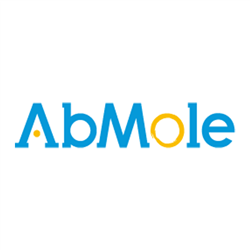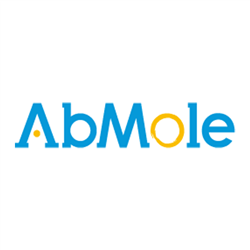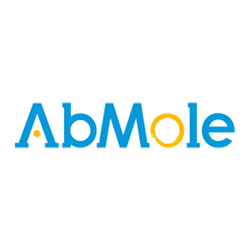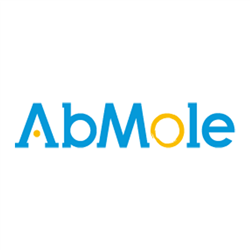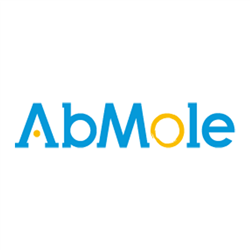Categorías
- Instrumentos
- Agitadores / Agit. Incubadores
- Orbitales
- Con Incubación
- Incubadores Gran Capacidad
- Lineales, Balanceo y 3D
- Incubadores Microplacas
- Para colocar en estufa
- Magnéticos
- Mezcladores /Roller /Rotatorios
- Agitadores de Paletas
- Jeio Tech Accesorios para Agitadores
- Benchmark Accesorios para Agitadores
- N-Biotek Accesorios para Agitadores
- Biosan Accesorios para Agitadores
- Labnet Int. Accesorios para Agitadores
- Vórtex
- Analisis Imagen, animales, plantas, geles
- Balanzas
- Baños Termostáticos
- Cabinas Flujo / Extraccion gases / PCR
- Centrifugas
- Detectores de Radioactividad
- Electroforesis
- Electroquímica
- Equipos Microplacas
- Espectrofotometros
- Experimentacion Animal
- Hornos de Hibridacion
- Homogeneizadores
- Estufas / Equipos calor, frio
- Luminómetros de Tubos
- Microbiologia
- Pipetas / Dispensadores
- Pipetas Labnet Int. Monocanales Automaticos
- Pipetas HTL Monocanales Automáticas
- Pipeta Accumax Mono y Multicanales
- Pipetas Labnet Int. Multicanales
- Pipetas HTL Multicanales
- Pipetas Volumen Fijo
- Pipetas Electrónicas
- Dispensadores
- Dispensadores de Botella
- Pipetas Biosan Monocanales
- Pipetas Biosan Multicanales
- PCR / Tiempo Real (qPCR)l / Cicladores
- QPCR, Sistemas automaticos
- Sonicadores / Ultrasonidos
- Ultracongeladores
- Bombas Jeringa / Vacio / Osmoticas
- Ultracentrífugas
- Micro Array label free
- Contadores de Células
- Contenedores Criogenicos
- Producción agua ultrapura
- Electrospinning
- Agitadores / Agit. Incubadores
- Reactivos
- Consumibles
- Catálogos PDF
Listado de productos por fabricante AbMole
5-fluorouracil
5-fluorouracil (5-FU) is a potent antitumor agent that affects pyrimidine synthesis by inhibiting thymidylate synthetase thus depleting intracellular dTTP pools.
5-fluorouracil
5-fluorouracil (5-FU) is a potent antitumor agent that affects pyrimidine synthesis by inhibiting thymidylate synthetase thus depleting intracellular dTTP pools.
5-Fluorouridine
5-Fluorouridine is a metabolite of 5-fluorouracil, a potent inhibitor of nuclease autocleavage. 5-Fluorouridine binds to total and poly A RNA and has antiproliferative activity. 5-Fluorouridine induces apoptosis (cell death).
5-Fluorouridine
5-Fluorouridine is a metabolite of 5-fluorouracil, a potent inhibitor of nuclease autocleavage. 5-Fluorouridine binds to total and poly A RNA and has antiproliferative activity. 5-Fluorouridine induces apoptosis (cell death).
5-Hexenoic-acid
5-Hexenoic-acid is a carboxylic acid derivative that can be used in the preparation of a variety of compounds.
5-HTP
5-Hydroxytryptophan is a metabolite of tryptophan, a direct precursor of 5-hydroxytryptophan (5-HT), and a substrate of aromatic amino acid decarboxylase.
5-HTP
5-Hydroxytryptophan is a metabolite of tryptophan, a direct precursor of 5-hydroxytryptophan (5-HT), and a substrate of aromatic amino acid decarboxylase.
5-HTP
5-Hydroxytryptophan is a metabolite of tryptophan, a direct precursor of 5-hydroxytryptophan (5-HT), and a substrate of aromatic amino acid decarboxylase.
5-HTP
5-Hydroxytryptophan is a metabolite of tryptophan, a direct precursor of 5-hydroxytryptophan (5-HT), and a substrate of aromatic amino acid decarboxylase.
5-Hydroxy-8-methoxypsoralen
5-Hydroxy-8-methoxypsoralen
5-Hydroxydecanoic acid sodium salt
5-hydroxydecanoate (5-HD) blocks post-ischemic actions of the K+ channel activator cromakalim.
5-Hydroxydopamine hydrochloride
5-Hydroxydopamine hydrochloride is a marker of catecholamine uptake.




